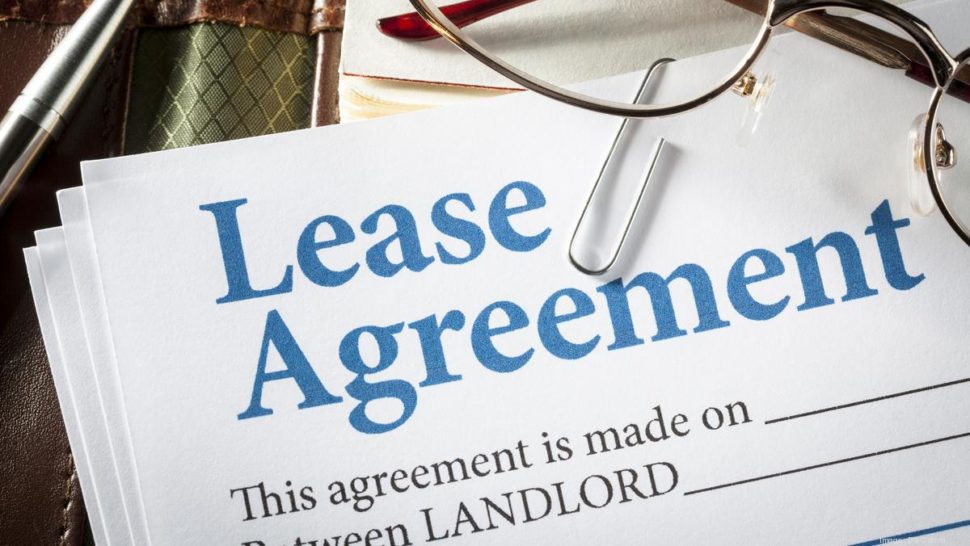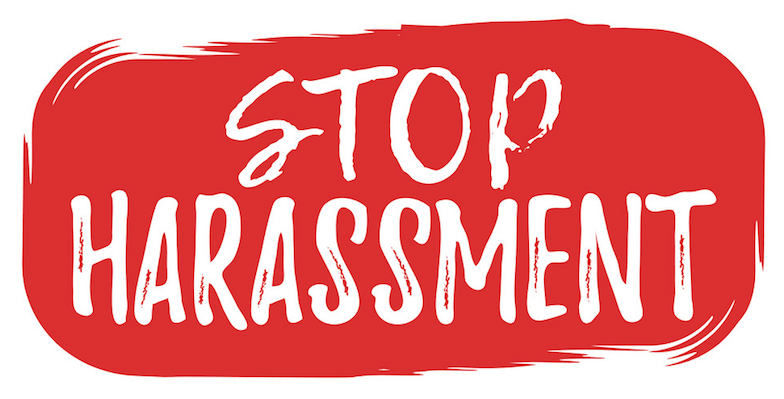Minimizing the Impact of COVID-19 in Commercial Lease Obligations
Minimizing the Impact of COVID-19 in Commercial Lease Obligations
By Dana Delman and John Vukmanovic
Published in Western Real Estate Business
Widespread job loss and business disruption are plaguing the U.S. due to the impact of COVID-19, and in response, state and local governments have passed emergency orders and regulations temporarily prohibiting evictions and extending deadlines to pay rent, among other restrictions.
Landlords and tenants should be aware that eviction moratoria and related restrictions differ across states, counties, cities and regions. City and local jurisdictions tend to follow their state’s guidelines, but they may modify based on local conditions, which can be impacted by politics and lobbying. The first step is to know and understand the requirements in your local jurisdiction. If your jurisdiction doesn’t have these protective measures, contact your local politicians or nonprofit lobbying groups to see if you can get helpful legislation passed.
TENANT OBLIGATIONS
While tenants are being protected in some jurisdictions, they are not absolved from paying rent. The new laws and ordinances only provide interim protections against eviction due to nonpayment of rent that is caused by COVID-19. Circumstances in Los Angeles, for example, that would excuse a commercial tenant include loss of business income due to a COVID-19 related closure, childcare expenditures due to school closures, healthcare expenses related to being ill or caring for a family member who is ill with COVID-19.
Depending on the jurisdiction, the tenant may have to notify the landlord in writing before the rent is due, or within a reasonable period afterwards, that the tenant needs to delay payment of all or a portion of the rent because of an inability to pay due to reasons associated with COVID-19. Tenants may not be protected if they do not provide the requisite notice or proof as each new law requires.
Tenants should also be aware of any caveats or exceptions. For example, while some jurisdictions continue to provide eviction protection to most commercial tenants affected by COVID-19, they may exclude protection for large multi-national companies, publicly traded companies, companies with over $25 million in annual gross receipts, and/or companies that employ more than 500 employees. Check governmental entity websites often for updates.
LANDLORD OBLIGATIONS
Rarely do leases shift the financial burden of the pandemic shutdown to the landlord, and similarly, most insurance policies are not insuring tenants against pandemic closures. While lease burdens will not fall on the landlord, many will be negatively impacted due to evictions, vacancies and the probability of a more competitive rental market and tenant insolvencies.
As discussed above, the good news for landlords is that unless the lease abates rent due to pandemic shutdowns, all rent must be paid. That doesn’t change any hardship a landlord may experience from delayed payment, or the relative certainty that many tenants are now, or will soon be, insolvent and eventually evicted after not paying rent. There could then be a surplus of available lease space, which will drive down rental rates. At this stage, landlords must be patient, while at the same time proactive and diligent. As an initial matter, familiarity with local ordinances is critical. This will provide guidance, and perhaps immediate steps to take (i.e., required written notices to tenants). Some ordinances may require that the landlord advise its tenant of the enactment of the ordinance itself, as well as its requirements. Other laws include language prohibiting a landlord from deceiving a tenant in connection with their rights and obligations under the eviction moratorium.
When the moratoria are lifted, landlords will have the ability to file and resume prosecuting unlawful detainer (UD) actions seeking eviction of problematic tenants. In order to prevail, a tenant may be required to provide documentation to establish the inability to pay, and a direct connection to the virus, as part of their defense. Therefore, while the various moratoria may provide an opportunity for negotiating for delayed payment of rent, or payment of reduced rent to be made up at a later date, tenants will not be able to successfully argue a break from rent altogether. However, landlords should keep in mind that eviction actions may be delayed because the courts have been closed for several weeks and upon reopening, will have both a backlog of cases and likely hundreds, if not thousands, of new UD actions. This consideration should be factored into any lease negotiations.
COMMERCIAL LEASE MODIFICATIONS
Many leases include a “force majeure” provision, which refers to events outside of the parties’ control, such as natural disasters, terrorist acts or war. If such a force majeure event occurs during the lease term, a tenant may be entitled to rent abatement or a specified rent reduction during the relevant time period. It is likely the courts will soon be entertaining landlord lawsuits stemming from the nonpayment of rents, and in turn, tenants raising a force majeure defense related to COVID-19. It will be up to the courts or, if applicable, arbitrator, to determine if the COVID-19 pandemic qualifies as a force majeure event under each particular lease, and if so, whether all or part of such unpaid rents were excused. If the lease doesn’t require it, mediation might be a good solution to working out lease modification terms.
Additional considerations for commercial leases, include:
Operating Expenses Related to Upgraded Cleaning/Safety Measures: Depending on the industry, operating expenses related to upgraded cleaning and safety measures pursuant to COVID-19 may rise dramatically. First and foremost, the current regimen and physical property characteristics must be assessed. From there, reprioritizing the location’s needs and establishing standard operating procedures – perhaps even across departments – will be necessary. Hospitality or other high contact environments may necessitate rigorous deep cleaning and disinfection protocols to mitigate risk. Undoubtedly, this will also entail costs related to training of employees and/or workforce teams to ensure best practices and compliance. Landlords and tenants should address responsibilities and costs accordingly in lease modifications.
Business Interruption Policies and Claim Denials: Many companies have business interruption coverage as part of their commercial property and casualty insurance. Of note, especially as it relates to COVID-19, is that these policies may require a direct physical loss or damage to property for coverage to apply. In addition, due to the SARS epidemic in 2002-2003, many insurers have added specific exclusions in their all-risk policies for pandemics, epidemics and viruses. Some policies have exclusions for loss of use or business income due to governmental orders. Business interruption insurance is not likely to help in this situation.
Electronic Signatures: The shelter-at-home orders for most have essentially forced the use of e-signatures for commercial lease agreements during this time, and this is a practice that should continue. Parties to an agreement can sign anytime and anywhere, which in turn leads to considerable time savings and a quick turnaround. Aside from cost savings, security is also enhanced. With the rise of cybercrime, e-signature platforms typically employ added measures to ensure that data is transmitted securely over the internet.
Regardless of what a landlord and tenant agree on moving forward, the key to modifying a lease is to document everything in writing, even if only in a confirming email or text. Ideally, all lease modifications should be in writing that both parties sign, and certainly if the original lease requires it.
LANDLORDS AND TENANTS WORKING TOGETHER
It’s imperative that commercial landlords and tenants explore options now to minimize risk and losses on both sides. Parties should be proactive and cooperative in strategizing solutions to minimize financial ruin. Tenants should be transparent and forthcoming with information that the landlord should consider in deciding on lease modification requests and terms. Ideally, landlords will be empathetic and cooperative. But whether you are a landlord or a tenant, the first step in the negotiation process is to know the laws that apply to you and make sure you meet the requirements.
Questions about negotiating a commercial lease? Contact Delman Vukmanovic LLP at 213.943.1340 (LA) and 949.852.3590 (OC) or info@DelVukLaw.com.




 The vandalism and theft some small businesses experienced recently have left business owners wondering if insurance will cover damage caused by civil unrest.
The vandalism and theft some small businesses experienced recently have left business owners wondering if insurance will cover damage caused by civil unrest.






 By
By 

 By
By 
 By
By 
